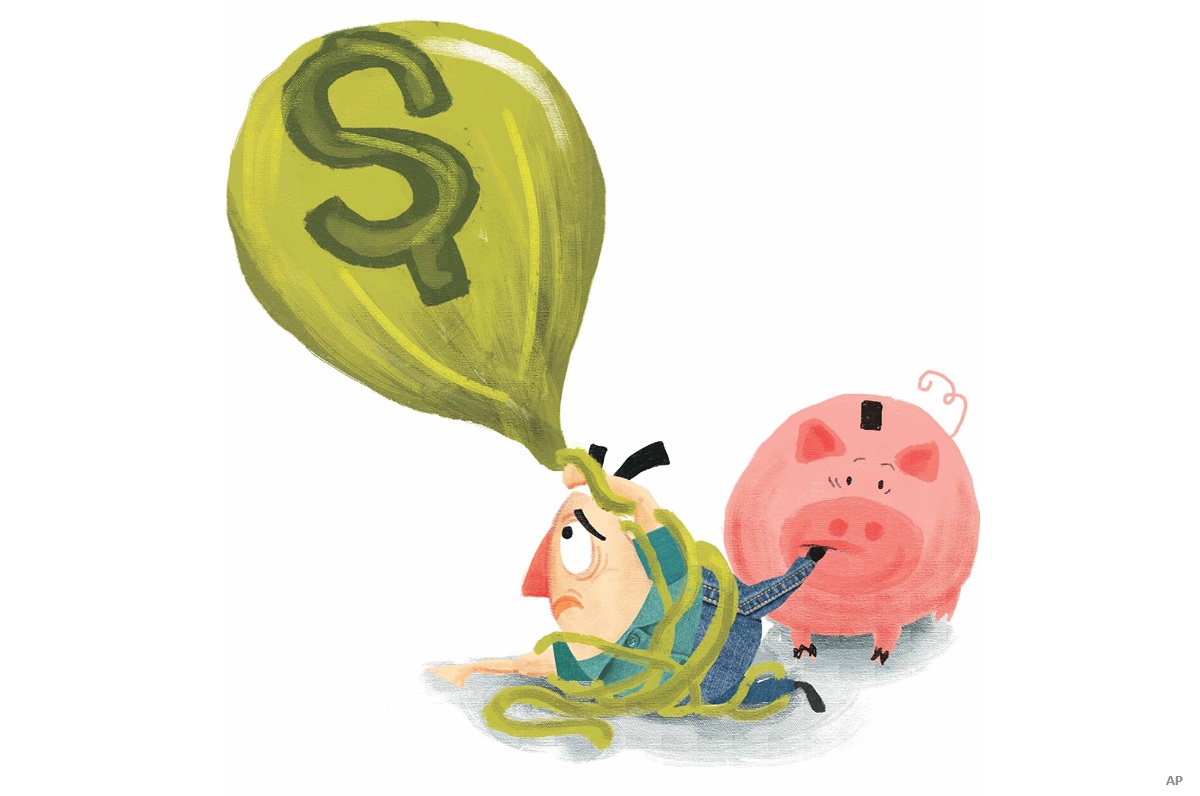Equity markets have been on a downward slope this year, concerned with a mix of worries about slowing growth, potential trade wars and central bank tightening. But Martin Downie, a 34-year industry veteran who has witnessed several severe downturns, argues the current malaise is likely temporary and if anything it has created buying opportunities.
Equity downturns are a normal course of events and the current one reminds Downie of previous corrections. “We saw a slowdown in economic growth in 2015-16, and 2011. Those were periods when we saw corrections in the equity market,” says Downie, senior vice-president, and head of the North American Equities Team at Toronto-based Mackenzie Investments. Downie oversees a team that manages about $10 billion in Canadian equity assets with a dividend focus spread across several Mackenzie and Investors Group equity and balanced funds.
“I can make a case that the lows we saw in the S&P 500, at 2600, was a good low in the market,” adds Downie, a Winnipeg native who graduated with a Bachelor of Commerce from University of Manitoba in 1984 and joined Mackenzie in November 2017 after working for organizations such as OMERS and Investors Group. “And I can also make a case that we should see more probing of that level as economic growth continues to slow.”
Even though the economic cycle is getting long in the tooth Downie points to three key factors that suggest a recession is some ways off. The first key indicator is that the yield curve has yet to invert. “Typically, the yield curve inverts about 13 months prior to a recession. We still have about 80 basis points of steepness between the 3-month treasury and 10-year U.S. treasuries,” says Downie. “The anxiety about a potential recession seems to be misplaced.”
Another sign is the widening of credit spreads and deterioration of credit metrics as credit becomes harder to get and banks become less willing to make corporate loans. “At this point, however, the banks don’t show any sign of deteriorating metrics.”
Finally, Downie looks at employment trends. Typically, there is a 13-month lead time from the point when U.S. jobless claims bottom and when the economy enters a recession. “We see no indication of any deterioration in labor markets,” says Downie. He adds: “There is anxiety about the risk of another recession. For investors who experienced the 2008 financial crisis, those memories are still with them. But when we look at the economic data, the probability of a recession over the next 12 months is low.”
Primarily a bottom-up investor Downie does keep an eye on macro factors, especially those that lead to global recessions that can adversely affect some Canadian sectors more than others. “The good news is that we’ve had only three global recessions in the last 30 years,” says Downie, referring to recessions in 1990, 2001 and 2008. “They happen infrequently. There is way more concern about recession, than there are recessions. Most of the time fear in the marketplace creates opportunities. That is what is occurring right now,” says Downie, adding that compliance rules prevent him from disclosing recent purchases.
From a strategic viewpoint, Downie argues that dividend-paying stocks are the way to ride out periods of volatility. “Over the long-term, dividend investing can outperform the market with lower volatility. The process is very sound,” says Downie, adding that over the last 40 years reinvested dividends have accounted for about 30% of total returns for Canadian equities. “But for any investment process or style, there will be periods when it’s out of favor. There are some ways to mitigate the challenge, by focusing on areas that benefit from rising interest rates. Canadian banks are an example of that. They actually get some benefit from rising net interest margins, so there is some offset. And there are some quality resource names that potentially might benefit from economic growth. There are ways to mitigate [the macro trends].”
In building the portfolio of the $1.1 billion Mackenzie Canadian Large Cap Dividend Fund, Downie and his team look for three attributes to select about 45 Canadian names that account for around 80% of the fund. The remaining 20% is held in 75 global names that are selected by Darren McKiernan, senior vice-president of Mackenzie’s Global Equity and Income Team. “We’re looking for quality stocks that have strong competitive positions,” says Downie, adding that balance sheet strength is another key characteristic. “A great example is the Canadian banks. They all have very strong competitive positions and generate strong returns relative to the cost of capital.”
But the Canadian market is a relatively smaller one and it’s hard to apply a strict definition of quality to energy and resources names. As a consequence, Downie regards quality as a kind of continuum. “The majority of the portfolio is invested in companies that have a wide economic moat.”
The other two attributes are attractive margins of safety and a long-term investment horizon. “We want to buy companies that trade at a discount to intrinsic value,” says Downie, adding the required discount tends to be higher with energy firms than it would be with utilities. As for time horizon, Downie argues it’s crucial to focus at least one to three years out. “Thinking about the longer term is beneficial because the market is very short-term focused.”
One representative name is Loblaw Cos. Ltd. (L), a leading supermarket chain. “It has an attractive valuation,” says Downie, adding that the stock trades at 13 times 2019 earnings and has a 7-8% free cash flow yield and pays a 2% dividend. “Management is very good at capital allocation. Their focus is on buybacks and they plan to buy back close to $1 billion in shares a year.” Total return expectation for the stock is about 15% within 12 months, based on Downie’s estimate of intrinsic value.
Another top holding is Bank of Nova Scotia (BNS). The bank has come under pressure because of concerns about recent acquisitions such as MD Financial Management. Its price-earnings multiple has slipped to 9.5 times 2019 earnings, from an average p/e of 11 over the last three years. “The market has some questions about the bank’s strategy. But when we look at size of the deals we believe that they amount to only $3 per share. The market is over-reacting,” says Downie. “Management has a good history of capital allocation. The jury is out on these deals.” Downie believes the stock has over 20% upside.
In early February, Mackenzie Canadian Large Cap Dividend Fund will merge with the $902 million Mackenzie Canadian All Cap Dividend Fund A. Both portfolios closely resemble one another, and the merger is part of the streamlining of the product line-up at Mackenzie Investments.
Going forward Downie maintains that even though economies are slowing the equity investment environment remains positive. “We have seen valuation levels come down and Canadian stocks are trading at around 14 times earnings. When you look at the current level of interest rates those valuations seem quite constructive,” says Downie. “The overall dividend yield for the market is over 3%, while 30-year government bonds pay 2.5%. So we still have this margin of safety, where we are getting paid to own stocks.”





















